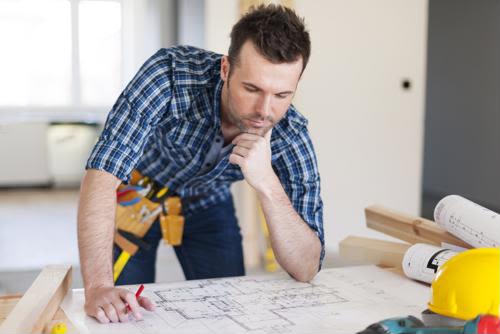- Home
- Resources
- Amerhart Insider Blog
- Project Inspiration
- Making energy efficiency improvements for summer
Making energy efficiency improvements for summer

Renovations can make a property stand out, and the summer is arguably one of the best times to make them. As far as significant changes to a home go, targeting energy efficiency is one way to take a strong step toward higher ROI from a home improvement effort. A sizable financial impact could come from the increased market value alone, but the savings from the offset energy costs are also worth knowing as well.
Different opportunities
Energy efficiency can come in several different forms. It could stem from the type of material in your siding, both in how it's sourced and what it does for the home after installation. Reducing energy expenses could constitute an immediate argument for upgrading an old home, whatever end results the efforts lead to.
A way to gauge the effectiveness of a renovation is the ratio between the increase in market value and the cost of whatever the improvement is. One of the examples in this article from The Spruce was efficient windows.
As the source described, this can be an investment with sizable returns, since the result of installing new windows will justify the effort and cost of replacing them, even though the process can be expensive. What's perhaps not as obvious is the different ways products might hide their own related efficiency improvements.
Consider Rollex Aurora Steel Siding as another kind of example. The product brochure will show youthat it meets Energy Star standards, representing one of the leading indicators for product efficiency. At the same time, it's also recyclable, offering a sustainable solution that can factor into energy estimates over time.
Taking the big picture
There are different ways to calculate and judge energy efficiency. One of these is through what the Department of Energy refers to as a "whole house systems approach," considering the home as an entire unit with a net impact on the environment and addressing each portion of it individually.
Looking at it this way, the exterior features of a home can all contribute to the overall score, and be incentives to choosing the components that add up to the best total rating once an energy audit or similar assessment occurs. The DOE also said that whole-house design takes site variables into account and could leave homes with greater durability as well as a greener total output.
Smart investments will pay off
The materials you choose should be the ones that will ultimately cost you the least, and determining that means evaluating several factors, from market value to the need for maintenance or replacement. Amerhart has an extensive catalog and industry know-how to help you choose superior options.



















